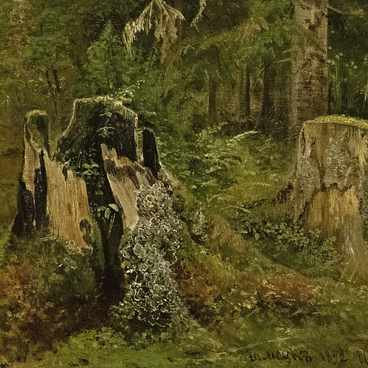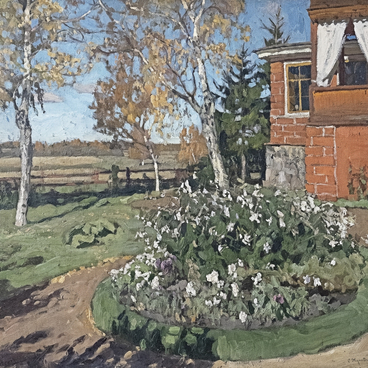Saint Prince Boris was the son of Vladimir, the Grand Prince of Kiev. Boris is often depicted on icons with his younger brother Gleb. In holy baptism they received the names Roman and David.
Boris reigned in Rostov the Great, and Gleb owned the Murom lands. According to historical sources, they were killed by their elder brother Svyatopolk the Accursed in the feud that broke out in 1015 after the death of Prince Vladimir. Boris and Gleb became the first Russian saints and were canonized as passion bearers.
In the Orthodox Church, princes Boris and Gleb are revered as martyrs who held on to their faith in the Christian commandments even when they were threatened with death. They are considered the patrons of Russia and the holy helpers of the Russian rulers.
Numerous churches and monasteries were built in honor of Saints Boris and Gleb. Some of the earliest Old Russian texts recounted their story — ‘The Legend of Boris and Gleb’ by Iakov Chernorizets and ‘The Account about the Life and Martyrdom of the Blessed Passion Bearers Boris and Gleb’ by Nestor the Chronicler.
The ‘Prince Boris’ icon, that is on display at the museum, was painted in the first half of the 17th century. It belongs to the Deesis row — the second row of the iconostases in Russian Orthodox churches.
‘Deesis’ is the Greek word for ‘Prayer’. This is a special arrangement of icons, with the central image of Christ the Almighty, flanked by figures of saints.
The icon features Prince Boris in three-quarters, he holds his hands in a prayer gesture, and leans a little bit forward in humble reverence. His silhouette is clearly visible against the gilded background. The figure of the saint is somewhat elongated, which leaves us with the feeling that he is floating in the air. This adds the dimension of spirituality to the image.
Boris wears princely clothes typical of the 17th century. The long blue robe (‘feryaz’) is embroidered with gilded ornaments along the neckline and edge. A terracotta-pink caftan on his shoulders is covered with a floral pattern. The saint wears orange morocco boots, and on his head, he has a red round cap trimmed in dark brown fur.
The rhythmic structure of the composition, the skillful drawing and the calm color palette of the icon make it one of the best examples of the 17th-century icon painting.
Boris reigned in Rostov the Great, and Gleb owned the Murom lands. According to historical sources, they were killed by their elder brother Svyatopolk the Accursed in the feud that broke out in 1015 after the death of Prince Vladimir. Boris and Gleb became the first Russian saints and were canonized as passion bearers.
In the Orthodox Church, princes Boris and Gleb are revered as martyrs who held on to their faith in the Christian commandments even when they were threatened with death. They are considered the patrons of Russia and the holy helpers of the Russian rulers.
Numerous churches and monasteries were built in honor of Saints Boris and Gleb. Some of the earliest Old Russian texts recounted their story — ‘The Legend of Boris and Gleb’ by Iakov Chernorizets and ‘The Account about the Life and Martyrdom of the Blessed Passion Bearers Boris and Gleb’ by Nestor the Chronicler.
The ‘Prince Boris’ icon, that is on display at the museum, was painted in the first half of the 17th century. It belongs to the Deesis row — the second row of the iconostases in Russian Orthodox churches.
‘Deesis’ is the Greek word for ‘Prayer’. This is a special arrangement of icons, with the central image of Christ the Almighty, flanked by figures of saints.
The icon features Prince Boris in three-quarters, he holds his hands in a prayer gesture, and leans a little bit forward in humble reverence. His silhouette is clearly visible against the gilded background. The figure of the saint is somewhat elongated, which leaves us with the feeling that he is floating in the air. This adds the dimension of spirituality to the image.
Boris wears princely clothes typical of the 17th century. The long blue robe (‘feryaz’) is embroidered with gilded ornaments along the neckline and edge. A terracotta-pink caftan on his shoulders is covered with a floral pattern. The saint wears orange morocco boots, and on his head, he has a red round cap trimmed in dark brown fur.
The rhythmic structure of the composition, the skillful drawing and the calm color palette of the icon make it one of the best examples of the 17th-century icon painting.



